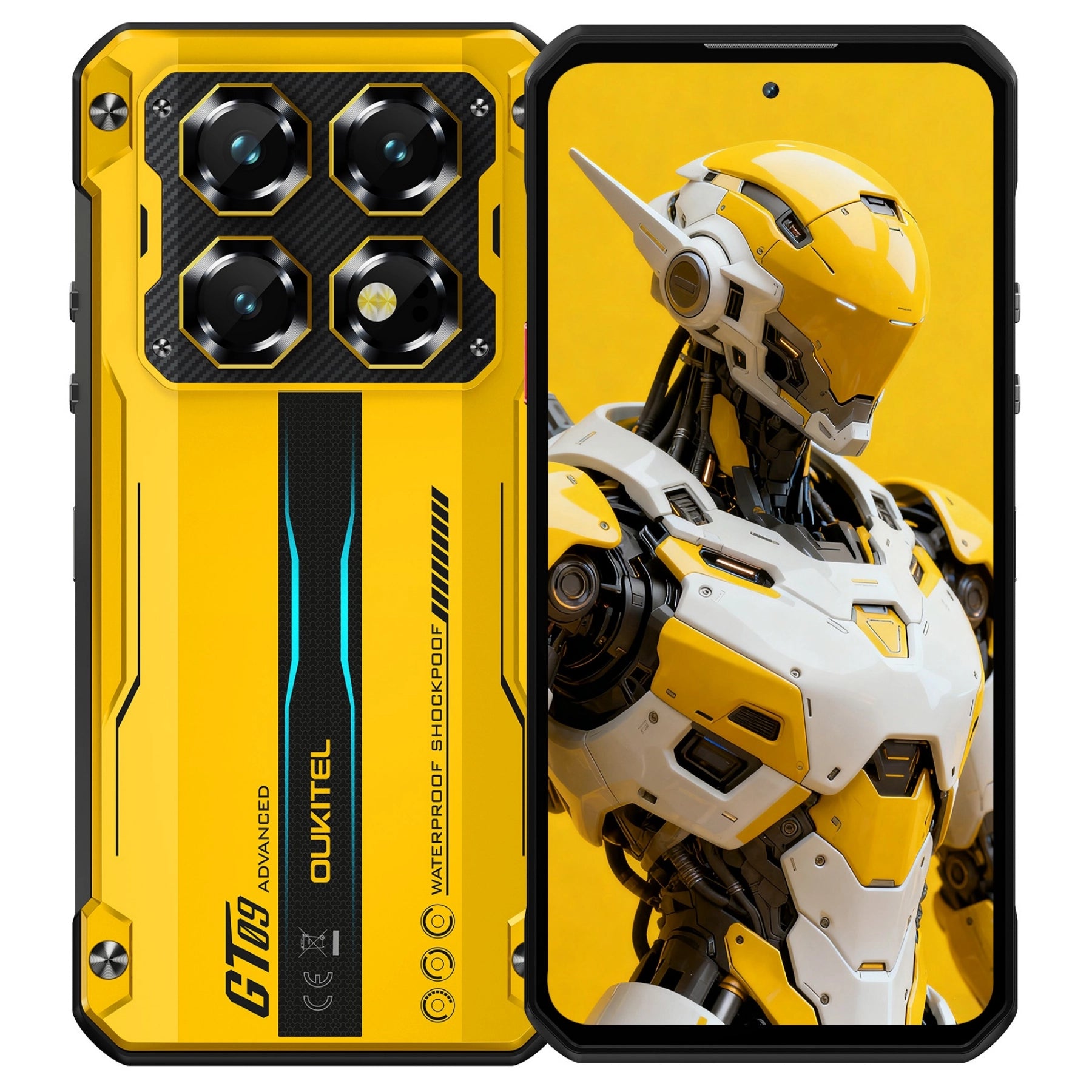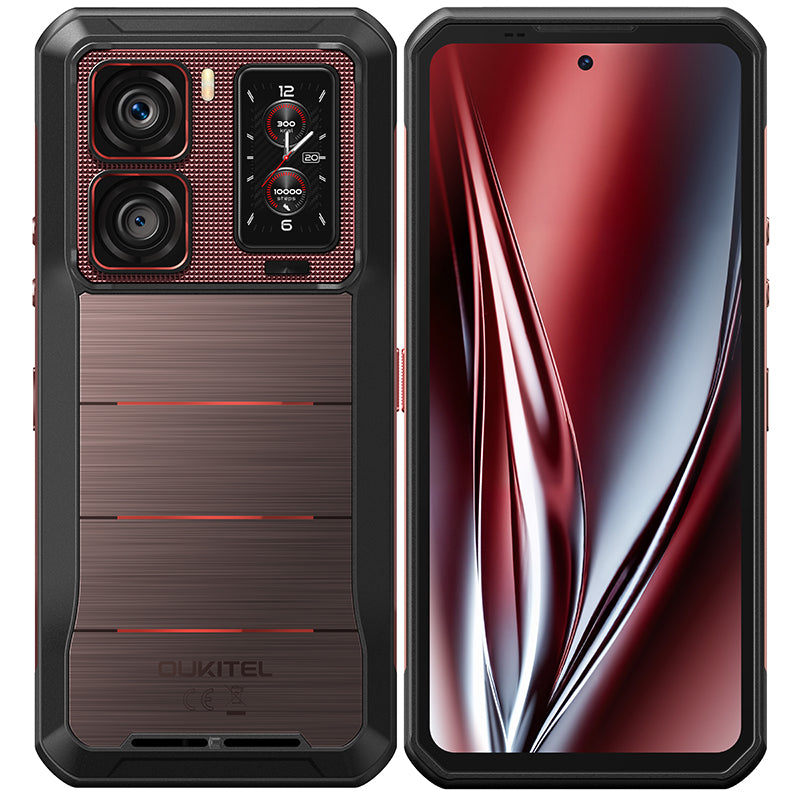When you venture into wild terrain—on trails, over mountains, or out across deserts—your phone becomes more than a tool: it’s a lifeline. For serious outdoor use, you want something more than just “water resistant.” You need a rugged phone for outdoor adventures capable of withstanding rain, drops, dust storms, and full days under the sun.
Below we’ll explore what truly makes a phone adventure-ready, then present top picks currently available that balance protection, endurance, and usability.
What Makes a Phone Truly Outdoor-Ready?
Not every “rugged-looking” phone is rugged inside. Here’s what to look for:
-
Ingress & Impact Protection
-
IP68 / IP69K for dust, immersion, and high-pressure spray.
-
MIL-STD-810H or equivalent drop/shock tests, with real drop heights (e.g. 1.5 m +) specified.
-
-
Battery Capacity & Efficiency
-
A 8,000 mAh or larger pack is ideal; bonus points for reverse charging so your phone can power a watch or small gear.
-
Efficient processors and outdoor-mode power saving help stretch runtime.
-
-
Readability & Usability in the Field
-
Bright displays (500+ nits) and modes for gloves/wet fingers.
-
Loud speakers and good mic performance in windy or noisy settings.
-
-
Networks, GPS & Bands
-
Strong GPS / GNSS support (for offline maps).
-
Support for the 5G / LTE bands used in your region (rural areas often rely on specific LTE anchors).
-
Real-world gear lists and outdoor publications frequently stress these points: durability plus navigation and battery matter more than the fanciest camera or chip.
Top Rugged Phones for Outdoor Adventure (2025 Edition)
Here are strong candidates that combine protection, battery, and field usability. (Note: models evolve—check current specs before buying.)
OUKITEL WP55 Ultra

A flagship choice for adventurers, the WP55 Ultra blends modern performance with rugged build. It features IP68 / IP69K ingress protection, MIL-STD-level drop resistance, and a bright display. With its 11,000 mAh battery and thermal imaging camera, it’s tailored for hiking, night expeditions, and overland travel. Reverse charging supports field devices. Android 15 ensures current software and security.
OUKITEL WP100 Titan

If battery is your top priority, the Titan is a powerhouse. The WP100 Titan couples a colossal 33,000 mAh pack with a built-in 100-lumen Projector and powerful 1200-lumen Camping Light, turning a campsite into a mini home theater while doubling as an emergency torch.The built-in projector functionality which is useful for group briefings or map overviews at basecamp. Rugged sealing and drop resilience make it viable in rough terrain. TechRadar lauds it as one of the standout rugged models in 2025.
OUKITEL WP200 Pro

If you want a rugged phone that doesn’t feel like a compromise, the WP200 Pro delivers toughness with a premium touch. It features a vivid AMOLED display for improved clarity outdoors, a long-lasting 8,800 mAh battery with fast charging, and a powerful hardware setup designed for demanding field use.
With up to 72 GB RAM and 1 TB storage support, it’s built for travelers and teams who rely on large offline files, maps, and media in remote areas. Its detachable Bluetooth earphones are uniquely integrated and can even function as a smartwatch — giving you hands-free communication and real-time health tracking wherever the job takes you.
How to Choose for Your Adventure Style
|
Scenario
|
Best Focus
|
Recommended Periodic Test
|
|
Long backcountry treks (3–7 days)
|
Largest battery, efficient chipset, low-power modes
|
Run GPS + mapping day and check remaining battery
|
|
Overlanding / vehicle-based travel
|
Mount options, strong bands, reverse charging
|
Mount test vibration + highway charging
|
|
Rain / boat / coastal use
|
Strong IP69K and spray resistance
|
Hose-down ports, then test apps and speaker
|
|
Mountain & altitude travel
|
Pressure, temperature resilience
|
Temperature cycling, altitude / cold stress tests
|
Also, avoid overspending on raw specs you won’t use. A rugged phone optimized for your environment and support region is better than the “best specs” device you can’t maintain.
Field Tips & Best Practices
-
Always double-check that rubber port covers are properly seated before exposure to moisture.
-
Use airplane or GPS-only mode when off grid to conserve power.
-
Carry a compact solar charger or power pouch—even rugged phones benefit from external backup.
Outdoor review sites often show how a cracked screen or failed port after a fall can ruin an expedition—durability is mission-critical.
Frequently Asked Questions
Can I wash the phone with a hose or pressure washer?
Only with IP69K-rated models and when ports are fully sealed. But avoid extreme pressures beyond the rated test.
What are some tips for preserving battery life in cold weather during long nights?
A: Battery capacity decreases in cold. Keep the device warm, and use power-saving modes on long nights.
Do rugged phones still get software updates?
Top models run Android 15. Always verify SKU’s update support before purchase.
Is projection or thermal imaging useful outdoors?
Yes—for night navigation, map projection, inspecting mechanical heat zones, or briefing others on site.
Are rugged phones heavy?
Typically yes. But modern designs try to balance durability with weight. Choose form factors you can comfortably carry.
Final Thoughts
For rugged phones for outdoor adventures, the right pick is the one matched to your terrain, duration, and support network. If you need battery and features even in remote settings, OUKITEL WP55 Ultra leads the pack. The WP100 Titan is unbeatable for energy and projection. Balanced models like WP200 Pro blend protection and portability..
Focus first on durability specs, real battery endurance, and band compatibility. Then layer in extras like thermal imaging or projection if you’ll use them often. Do that right, and your phone becomes a true companion—even when you’re miles from civilization.















1 comment
Ahsan
Articles from